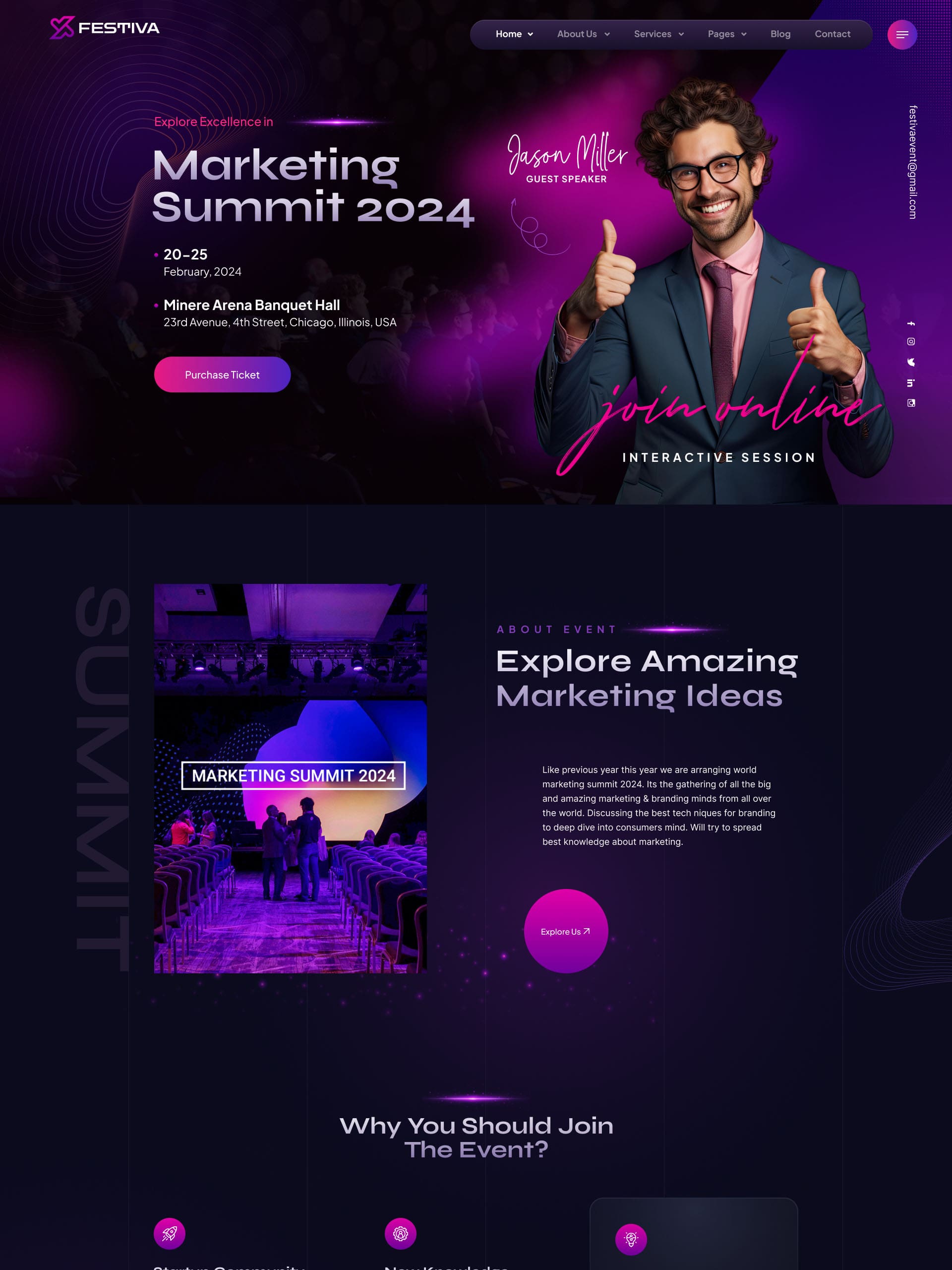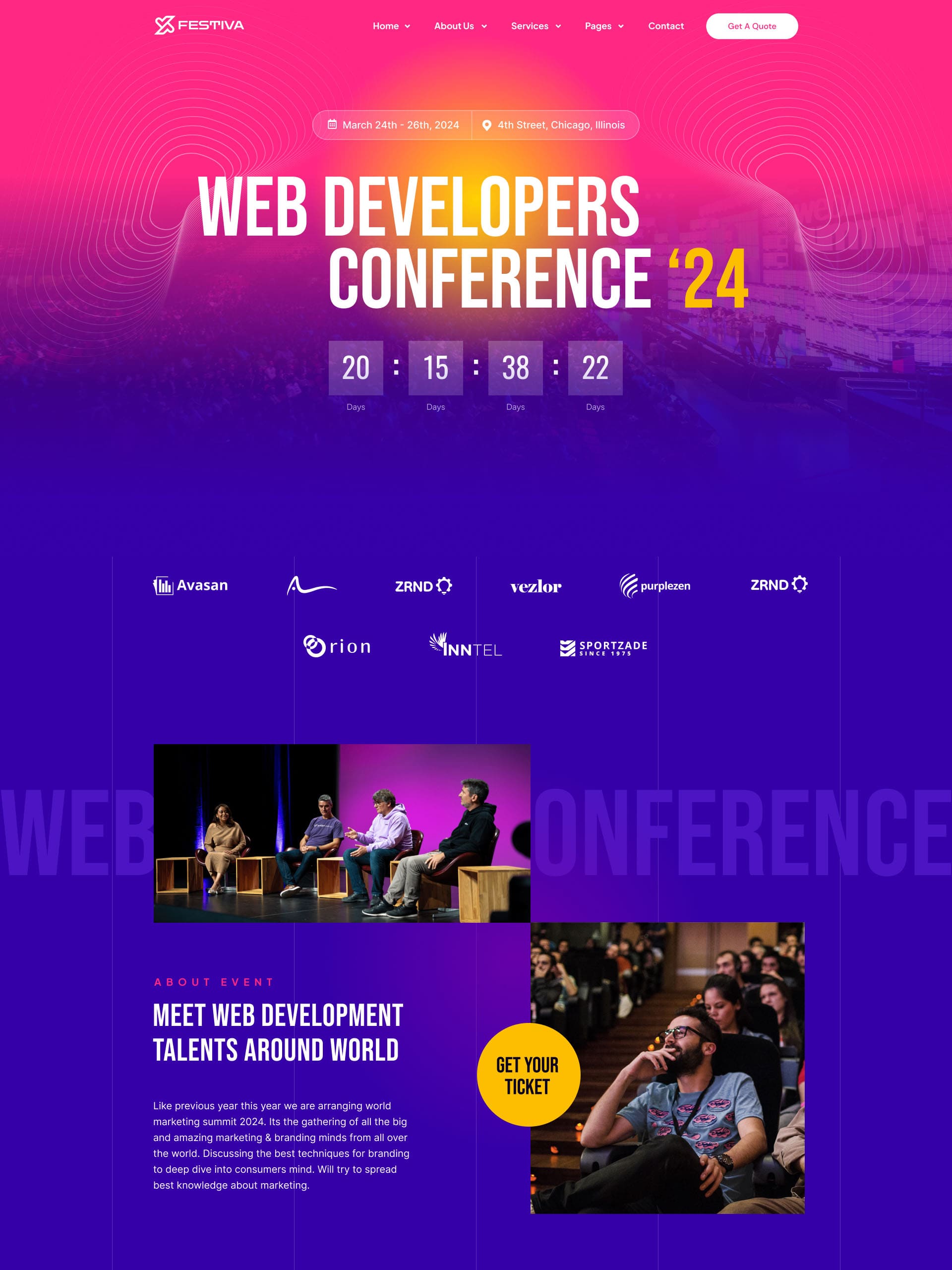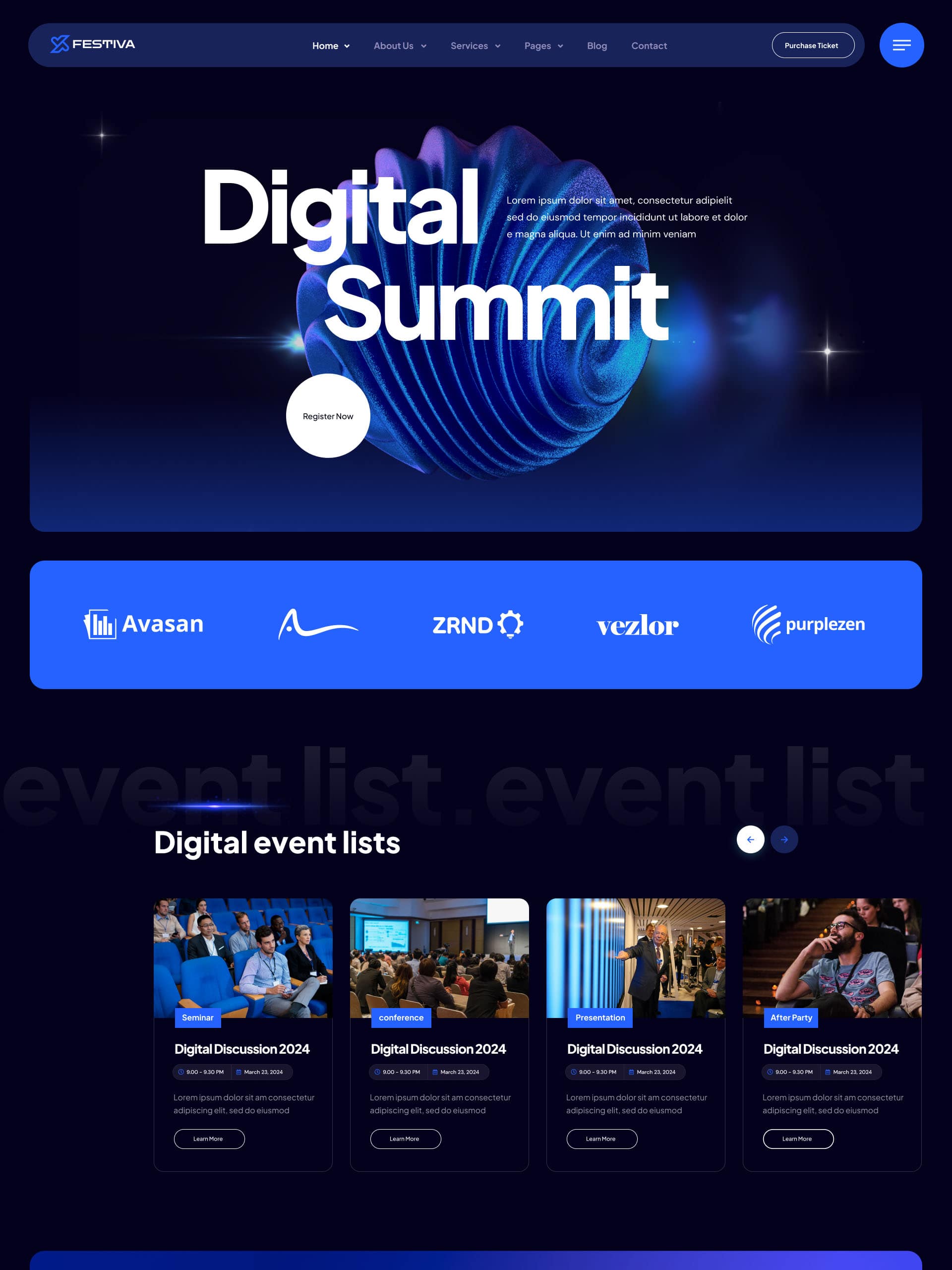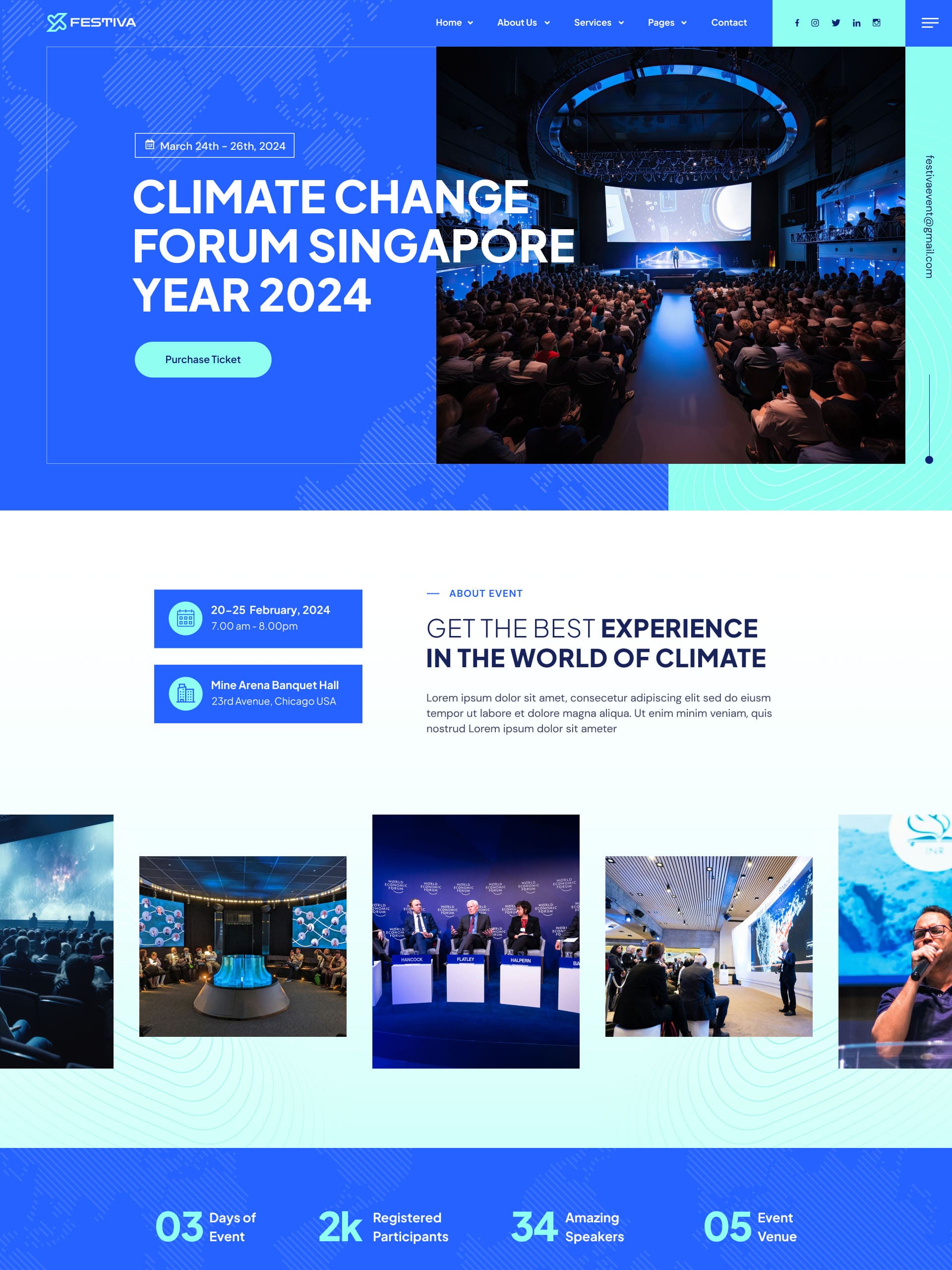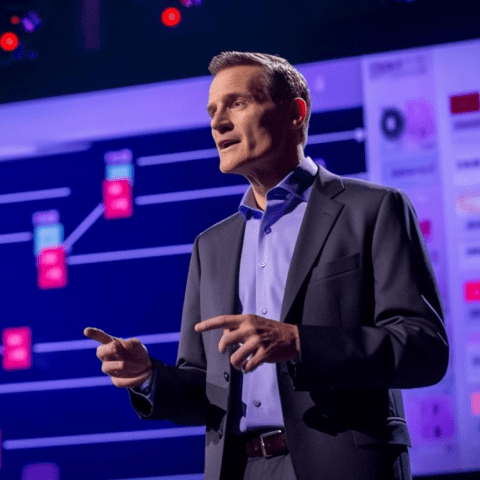
Best Practices in Implementing a Circular Economy
The circular economy represents a fundamental shift from the traditional linear “take-make-dispose” model to a regenerative system that eliminates waste and maximizes resource efficiency. Organizations worldwide are recognizing that circular economy principles not only reduce environmental impact but also drive innovation, cost savings, and competitive advantage. Successfully implementing circular economy strategies requires strategic planning, stakeholder engagement, and a commitment to sustainable business transformation.
Transitioning to circular business models involves rethinking product design, supply chain management, and customer relationships. Companies that master these principles create resilient, future-ready organizations that thrive in an increasingly resource-constrained world while meeting growing stakeholder expectations for environmental responsibility.
Core Principles of Circular Economy Implementation
Design for Circularity
Start with product and service design that prioritizes durability, repairability, and end-of-life recovery. Implement design thinking that considers the entire product lifecycle, incorporates modular designs that enable easy repair and upgrade, and selects materials that can be safely returned to biological or technical cycles.
Resource Optimization and Efficiency
Maximize the value extracted from every resource input through improved processes, reduced waste generation, and enhanced material flows. Implement closed-loop systems that capture and reuse materials, energy recovery systems that harness waste energy, and precision manufacturing that minimizes material consumption.
Collaboration and Partnership Models
Develop strategic partnerships across the value chain to enable circular material flows. Create industrial symbiosis networks where one company’s waste becomes another’s input, establish reverse logistics partnerships for product take-back programs, and collaborate with suppliers on circular material sourcing.
Digital Technology Integration
Leverage digital technologies to enable circular economy implementation. Use IoT sensors for product tracking and performance monitoring, blockchain for supply chain transparency and traceability, and AI analytics for optimizing resource flows and predicting maintenance needs.
Actionable Circular Economy Strategies
Product-as-a-Service Models
Shift from selling products to providing services that deliver the same functionality while retaining product ownership. This approach incentivizes durability and efficiency while creating recurring revenue streams. Examples include equipment leasing, software subscriptions, and mobility-as-a-service platforms.
Remanufacturing and Refurbishment Programs
Establish systems to collect, restore, and resell products at the end of their initial use phase. Remanufacturing can deliver products with like-new performance at 40-60% lower cost while reducing environmental impact by up to 80% compared to new manufacturing.
Industrial Symbiosis Networks
Create collaborative networks where businesses share resources, utilities, and by-products. These networks reduce waste, lower costs, and create new revenue streams while building regional economic resilience and reducing environmental impact.
Urban Mining and Material Recovery
Develop capabilities to extract valuable materials from waste streams and end-of-life products. Urban mining can recover rare earth elements, precious metals, and other valuable materials while reducing dependence on virgin resource extraction.
Circular Supply Chain Design
Redesign supply chains to enable circular material flows, including reverse logistics for product take-back, material recovery facilities for processing returned products, and partnerships with recycling and reprocessing companies.
Successful Circular Economy Case Studies
Interface Inc.: Mission Zero and Climate Take Back
The global carpet manufacturer implemented comprehensive circular strategies including renewable energy, carbon-neutral manufacturing, and closed-loop recycling. Their Mission Zero program eliminated negative environmental impact while Climate Take Back aims to create climate-positive operations.
Philips: Circular Healthcare Solutions
Philips transformed from a product company to a health technology company offering equipment-as-a-service models. Their circular approach includes product take-back programs, remanufacturing services, and sustainable material selection, resulting in reduced resource consumption and improved customer outcomes.
Patagonia: Worn Wear and Circular Apparel
Patagonia’s Worn Wear program encourages customers to repair, share, and trade used garments. Combined with durable product design and recycled material use, this approach extends product lifecycles and reduces environmental impact while building customer loyalty.
Unilever: Sustainable Living Brands
Unilever’s sustainable living brands, which include circular economy principles, grew 69% faster than the rest of the business. Their approach includes sustainable sourcing, packaging reduction, and product concentration to minimize environmental impact.
Overcoming Implementation Challenges
Financial and Investment Considerations
Circular economy transitions often require upfront investment in new technologies, processes, and partnerships. Develop business cases that account for long-term cost savings, risk reduction, and revenue opportunities. Consider innovative financing models such as green bonds, circular economy funds, and pay-for-performance contracts.
Regulatory and Policy Alignment
Stay informed about evolving regulations supporting circular economy implementation, including extended producer responsibility laws, waste reduction mandates, and circular procurement requirements. Engage with policymakers to advocate for supportive regulatory frameworks.
Cultural and Organizational Change
Transitioning to circular business models requires significant organizational change management. Invest in employee education and training, align incentives with circular objectives, and create cross-functional teams to drive implementation.
Technology and Infrastructure Requirements
Assess and upgrade technology infrastructure to support circular operations. This may include digital tracking systems, automated sorting technologies, and advanced manufacturing equipment for remanufacturing operations.
Measuring Circular Economy Success
Circularity Indicators and Metrics
Establish comprehensive metrics to track circular economy progress. Key indicators include material circularity rate, waste generation per unit of production, energy recovery rates, and product lifecycle extension metrics.
Life Cycle Assessment Integration
Use life cycle assessment to quantify environmental benefits of circular initiatives. LCA helps identify hotspots for improvement and demonstrates the environmental value of circular strategies to stakeholders.
Economic Impact Measurement
Track the economic benefits of circular economy implementation, including cost savings from reduced material consumption, revenue from new circular business models, and job creation in circular sectors.
Stakeholder Engagement and Reporting
Develop transparent reporting on circular economy progress for investors, customers, and other stakeholders. Use standardized frameworks such as the Ellen MacArthur Foundation’s circular indicators to ensure comparability and credibility.
Join ESGNext Conference for Hands-On Circular Economy Workshops
Ready to accelerate your circular economy implementation? Join sustainability leaders and circular economy experts at ESGNext Conference Dubai (November 4-5, 2026) for practical workshops, case study presentations, and networking opportunities that will transform your approach to circular business models.
At ESGNext Conference Dubai, you’ll:
- Participate in hands-on workshops on circular economy strategy development and implementation
- Learn from organizations with award-winning circular economy programs and measurable results
- Network with circular economy professionals, investors, and technology providers
- Explore innovative technologies enabling circular business models and resource recovery
- Gain practical tools for measuring and reporting circular economy impact and progress
- Connect with potential partners for industrial symbiosis and circular supply chain initiatives
- Access latest research and trends in circular economy policy and market developments
Transform your business model from linear to circular and create lasting competitive advantage while driving positive environmental impact. Register for ESGNext Conference Dubai and join the global community of leaders building the circular economy of the future.
